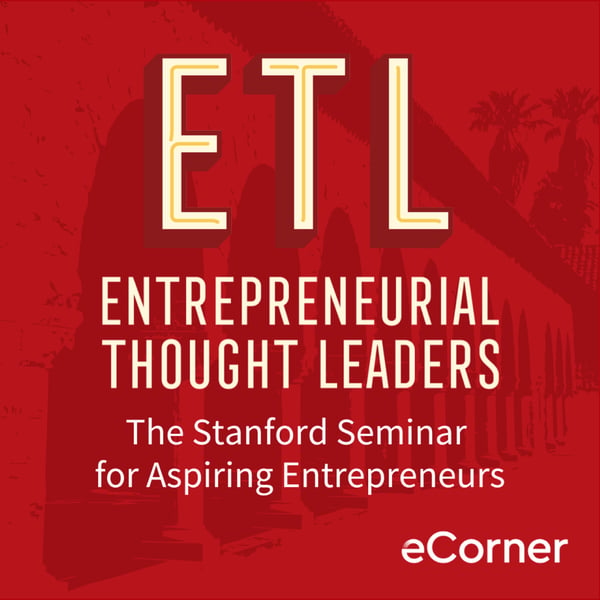Adam Pisoni (Abl) - Innovating for Equity
Entrepreneurial Thought Leaders (ETL)
Stanford eCorner
4.4 • 739 Ratings
🗓️ 2 September 2020
⏱️ 48 minutes
🧾️ Download transcript
Summary
Adam Pisoni co-founded Yammer in 2008, and oversaw product, analytics, and engineering as the SaaS company scaled to 500 employees and was acquired by Microsoft in 2012 for $1.2 billion. More recently, he has turned his attention to the US education system. Abl, the company he founded in 2015, aims to help all schools move beyond the 20th century model of education. In this talk, he describes how inequities manifest themselves in K-12 education, and explores the roles that innovative social ventures can play in addressing those inequities.
Transcript
Click on a timestamp to play from that location
| 0:00.0 | Who you are defines how you build. This is Thought Leaders Revisited, a special summer |
| 0:09.5 | 2020 edition of our Entrepreneurial Thought Leaders series. During this summer of uncertainty, |
| 0:15.7 | we're inviting some of the most influential past ETO speakers to join us for a series of new conversations |
| 0:22.3 | about innovation, leadership, and especially finding opportunities in the midst of a crisis. |
| 0:29.0 | On this episode, we're joined by Adam Puzoni. Adam is the co-founder of the Enterprise Social |
| 0:34.4 | Networking firm Yammer and is the founder and executive chairman of |
| 0:38.4 | ABLE, a company that aims to help all schools move beyond the 20th century model of education. |
| 0:44.9 | Welcome, Adam. Thank you so much for being here. It's good to be back. So let's dive in. There's a lot |
| 0:51.2 | to talk about with U.S. education. Before we get into ABLE, paint |
| 0:55.6 | a picture for us of U.S. public education. What's the state today? And how is inequity |
| 1:00.4 | manifesting in the U.S. education system? |
| 1:02.6 | Yeah. I mean, when I started ABLE five years ago, it was because I believe there were |
| 1:08.4 | inequities in the system that were resulting in students |
| 1:11.2 | not having the same level of opportunity as their peers. But in a lot of ways, having been |
| 1:16.7 | in able now for five years and having seen the data within districts across the country, |
| 1:23.2 | it's in many ways radicalized me, which to say it is hard to find a district that doesn't have |
| 1:29.6 | pretty extreme inequities. And I'm not saying something that the best leaders don't already know as |
| 1:33.9 | well. In terms of how it's manifest, I mean, the way I look at it is, imagine two students who |
| 1:39.1 | were identical in every way, who had the same aptitude and the same potential and the same upbringing |
| 1:43.5 | and all of that |
| 1:44.4 | entering sixth grade and you know they have eight semesters or wherever to go or or more and and uh |
| 1:50.3 | by no choice of those students there are decisions that are being made by their uh guidance counselors |
... |
Please login to see the full transcript.
Disclaimer: The podcast and artwork embedded on this page are from Stanford eCorner, and are the property of its owner and not affiliated with or endorsed by Tapesearch.
Generated transcripts are the property of Stanford eCorner and are distributed freely under the Fair Use doctrine. Transcripts generated by Tapesearch are not guaranteed to be accurate.
Copyright © Tapesearch 2025.

